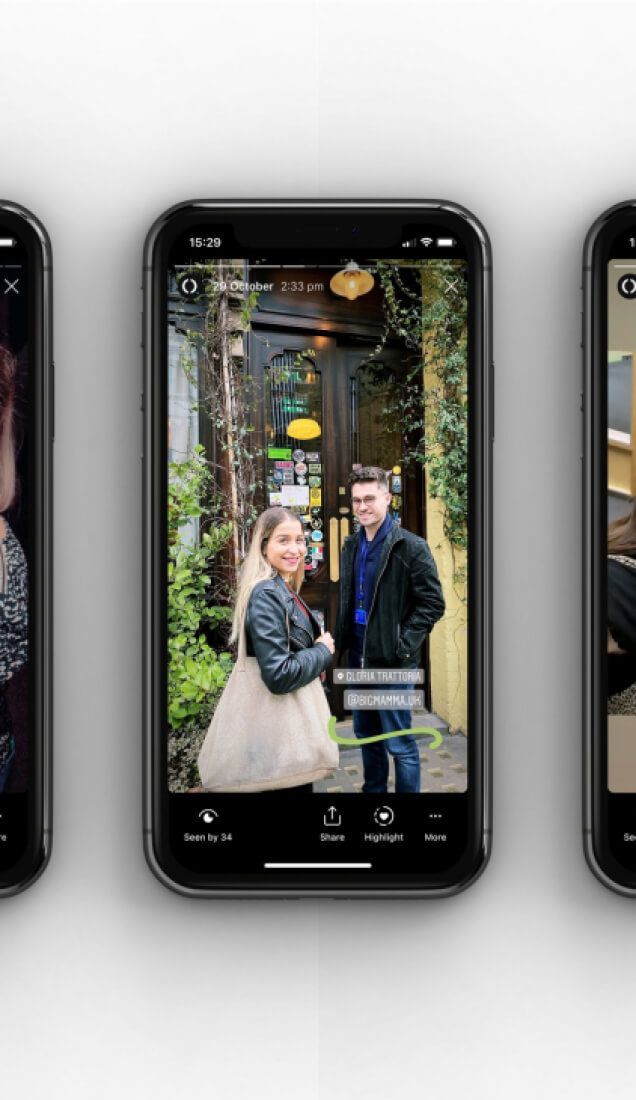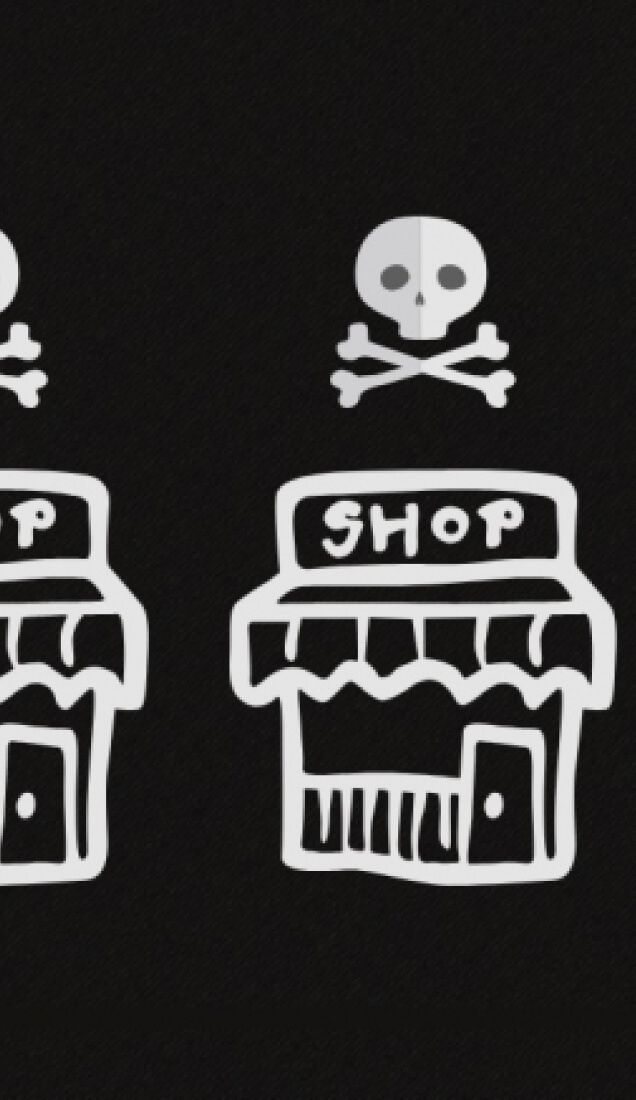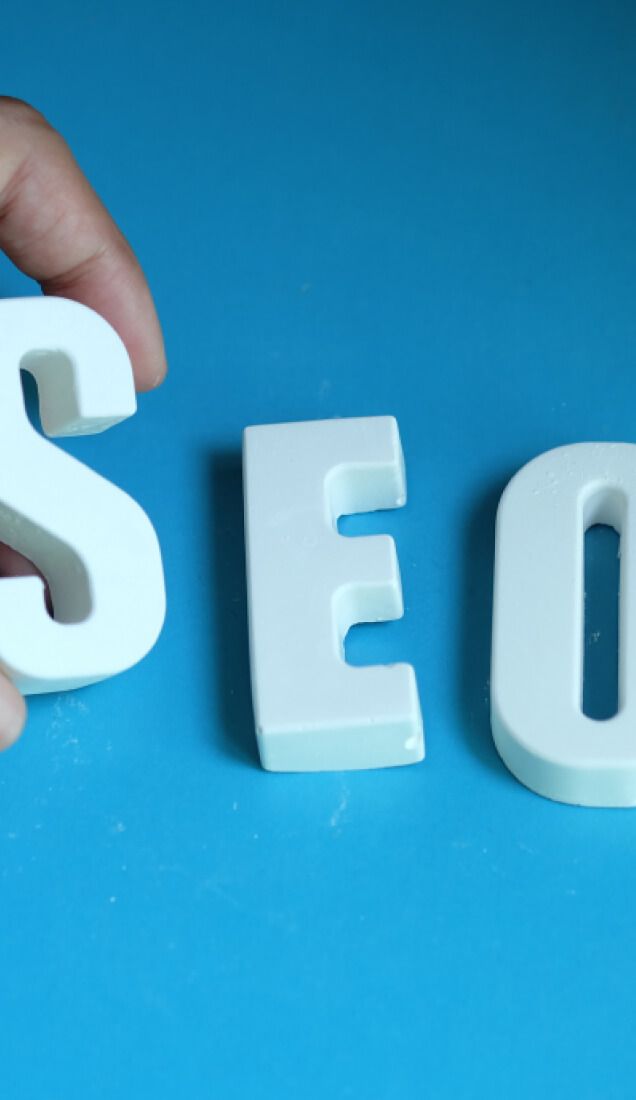Optimise Your Christmas Email Marketing Strategy
December 3, 2023
Email marketing is one of your greatest allies during the holiday season. According to HubSpot 99% of email users check their inbox every day, with some checking up to twenty times. The HubSpot Marketing Trends survey found that 51% of marketers consider email marketing to be the most effective channel, offering a direct line of communication to an already engaged audience. However, during the Christmas period there are a lot of brands making a lot of noise. According to Marigold, the number of emails received by consumers peak in the week before Christmas, with some brands sending up to six emails in a single day. Here’s how to stand out in an overflowing inbox.
Refine Your Subject Line
Unsurprisingly, shorter subject lines tend to perform better. Think about what catches your eye in your own inbox. Then, consider the device you use to check that inbox, our guess is most likely mobile, which shorter subject lines are better suited to. Marigold’s 2022 email marketing study found subject lines with fewer than eight words to result in higher open rates.
When limited to a few words, it’s crucial to use those words wisely. Subject lines containing deep discounts and that evoke a sense of urgency, incorporating phrases such as ‘exclusive holiday deal’ or ‘last chance to buy,’ tend to perform well. Whilst personalisation has been a major trend for this year, it may not be necessary within the subject line. The 2023 Email Marketing Benchmark Report by GetResponse found that in fact emails without a personalised subject line elicited both a higher open and click-through rate than those which were personalised. This is because personalisation goes further than simply including the recipient’s name in your communications. Make those eight words count and instead employ personalisation where it will have an impact, be it through contact segmentation or specialised discounts. A/B testing on segmented audiences can help to determine which subject lines perform best.
Deal or No Deal
Marigold found the majority of brands to include promotional messages in the body of their holiday emails as opposed to in the subject line. However, 40% of subject lines mentioned a percentage-off promotion and over 15% mentioned price. Percentage discounts tend to be the most popular promotion employed by brands to elicit an action from recipients, with 80% of emails including percent-off as the primary discount type.
Holiday specific discounts can help in creating the sense of urgency that encourages consumers to act. The twelve days of Christmas is a popular campaign we see retail giants like Marks & Spencer employ year on year. Sparks customers are offered twenty four hours to use their daily discount online or forty eight hours via the retailer’s app. This year has been a big one for brand loyalty, with marketers focusing on customer retention during a time in which customer acquisition proves both challenging and costly. Sparks are leaning into their loyal consumer base, incentivising email subscribers to migrate towards the M&S app for extended discounts and more personalised offers. Personalisation can be combined with loyalty building strategies to increase conversions and strengthen the customer base. Last year Sephora subscribers, for example, received varying holiday discounts based on their loyalty level. Whilst Beauty Insiders received a $15 discount, VIB members received a $25 discount and so on. Setting a second tier incentive taps into the psychological principle of goal setting, by which customers are motivated to progress their membership level in order to receive additional benefits.
According to Marigold, free shipping is one of the most effective methods by which to increase engagement. However, whilst 70% of brands included the offer in the body of the email, only 2% mentioned free shipping in the subject line. Email engagement is expected to increase by 12% when the email includes a percent-off discount and by a staggering 48% when a gift card is included. Interestingly, the incorporation of a store locator is predicted to increase engagement by 15%, helping to drive in-store traffic and promote Click and Collect.
Timing is Everything
Timing matters when priming for pole position in an inundated inbox. It’s important to consider the time zone, behaviour and preferences of the target audience, segmenting subscribers where necessary. The majority of holiday marketing emails tend to be sent between 8am and midday, followed by early evening, with 25% of brands sending emails between 4pm and 8pm. This is likely because recipients have more time to browse and consequently take an action in the morning and evening, resulting in higher click through rates. Customers were found to be least engaged in email marketing campaigns during the third week of December, so focus your efforts towards the first half of the month.








